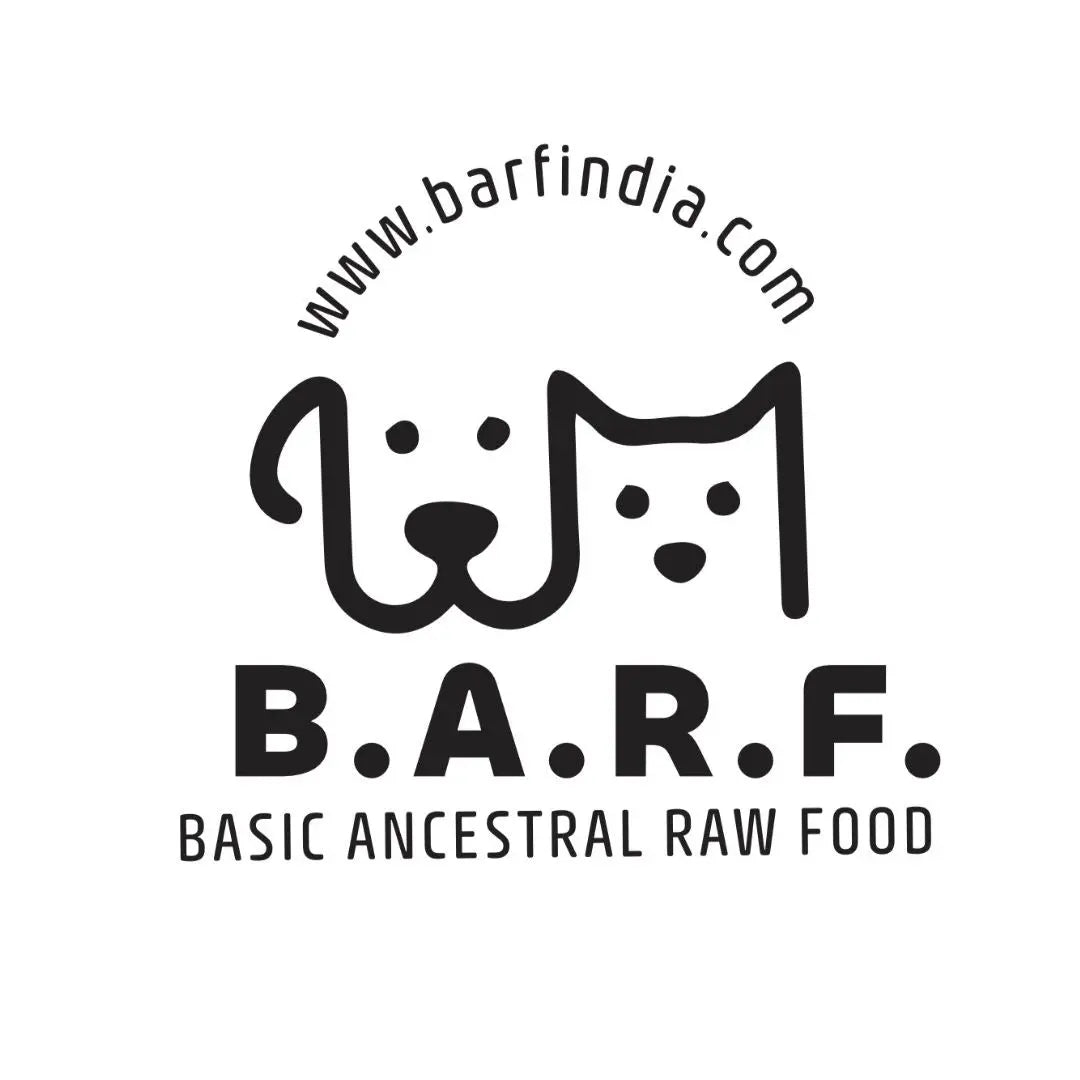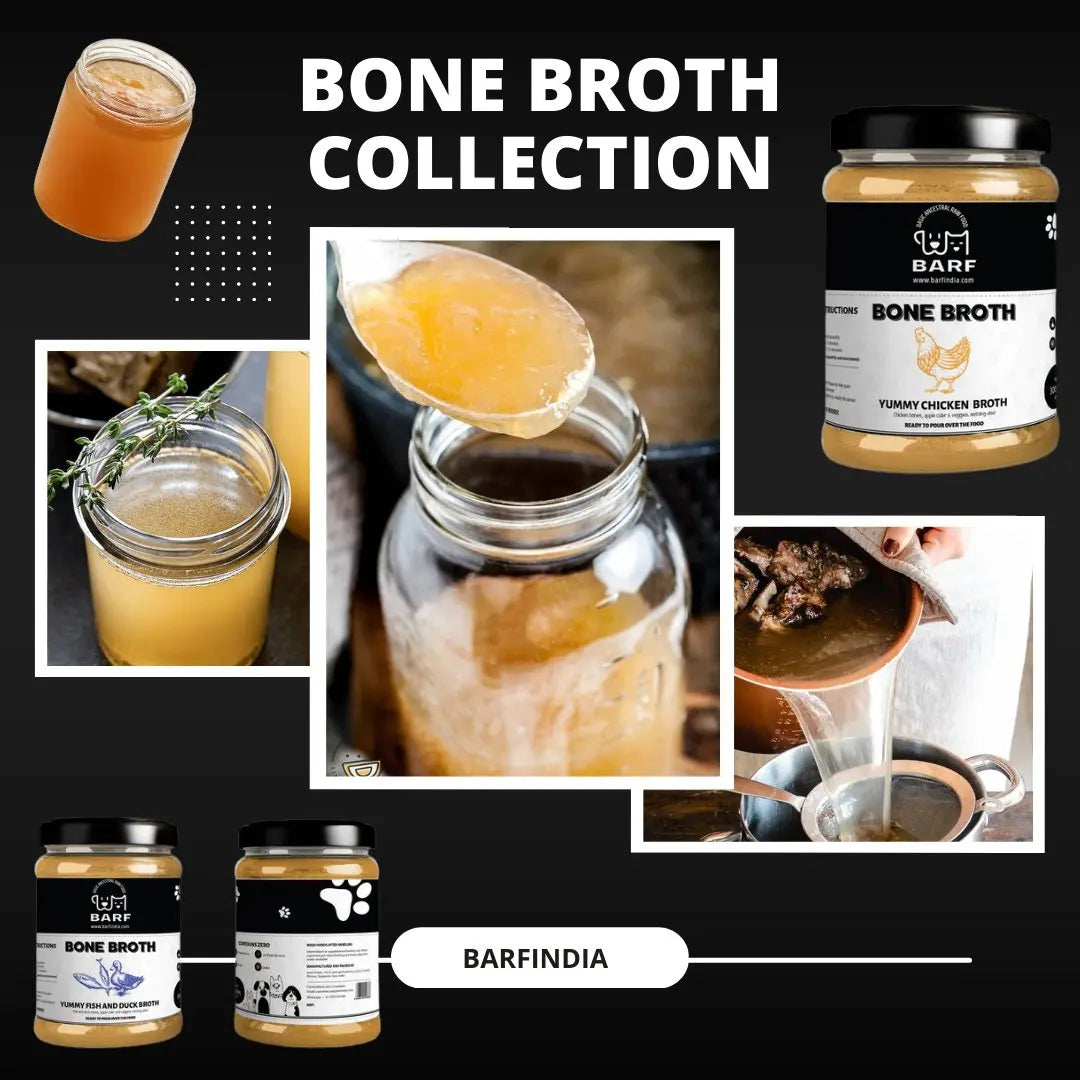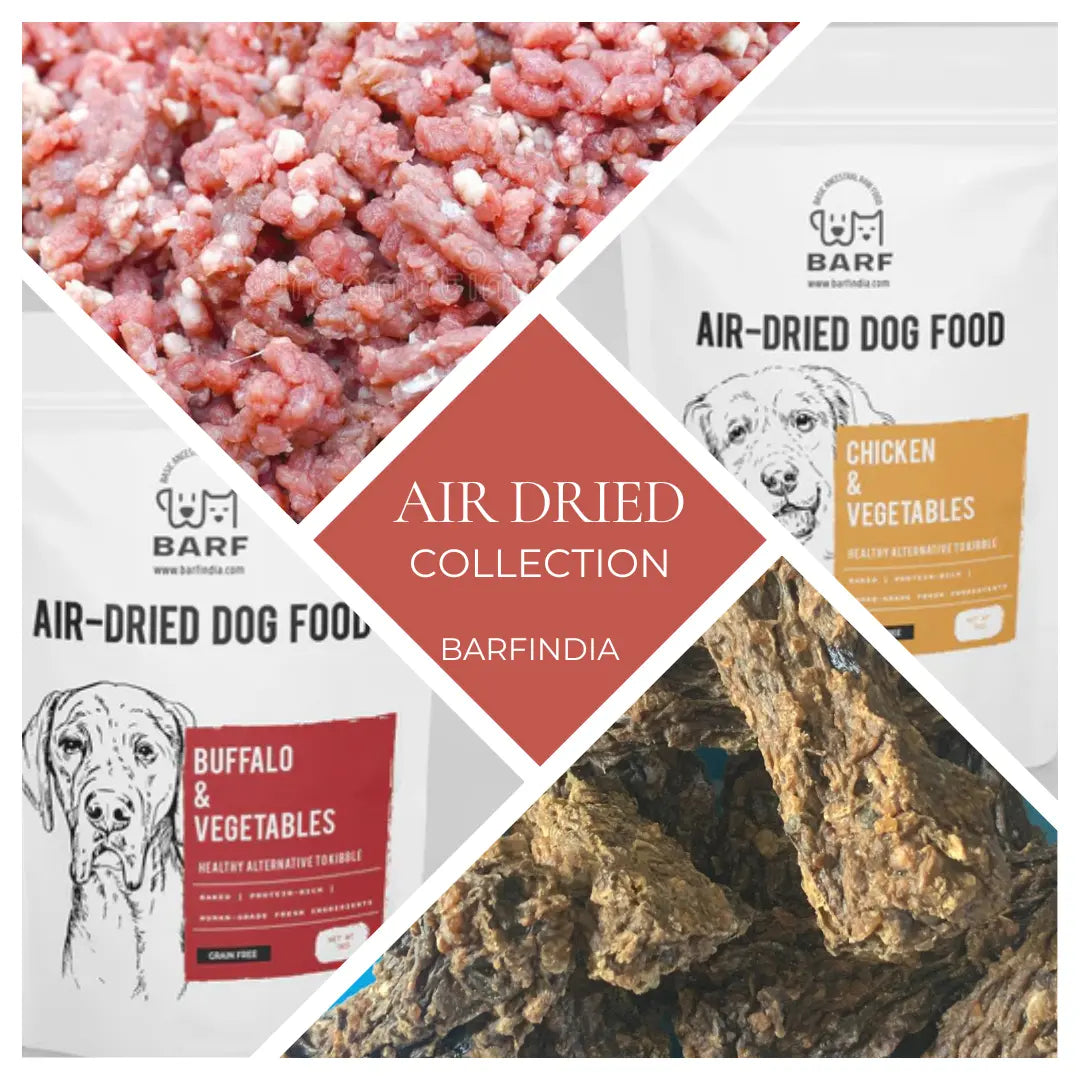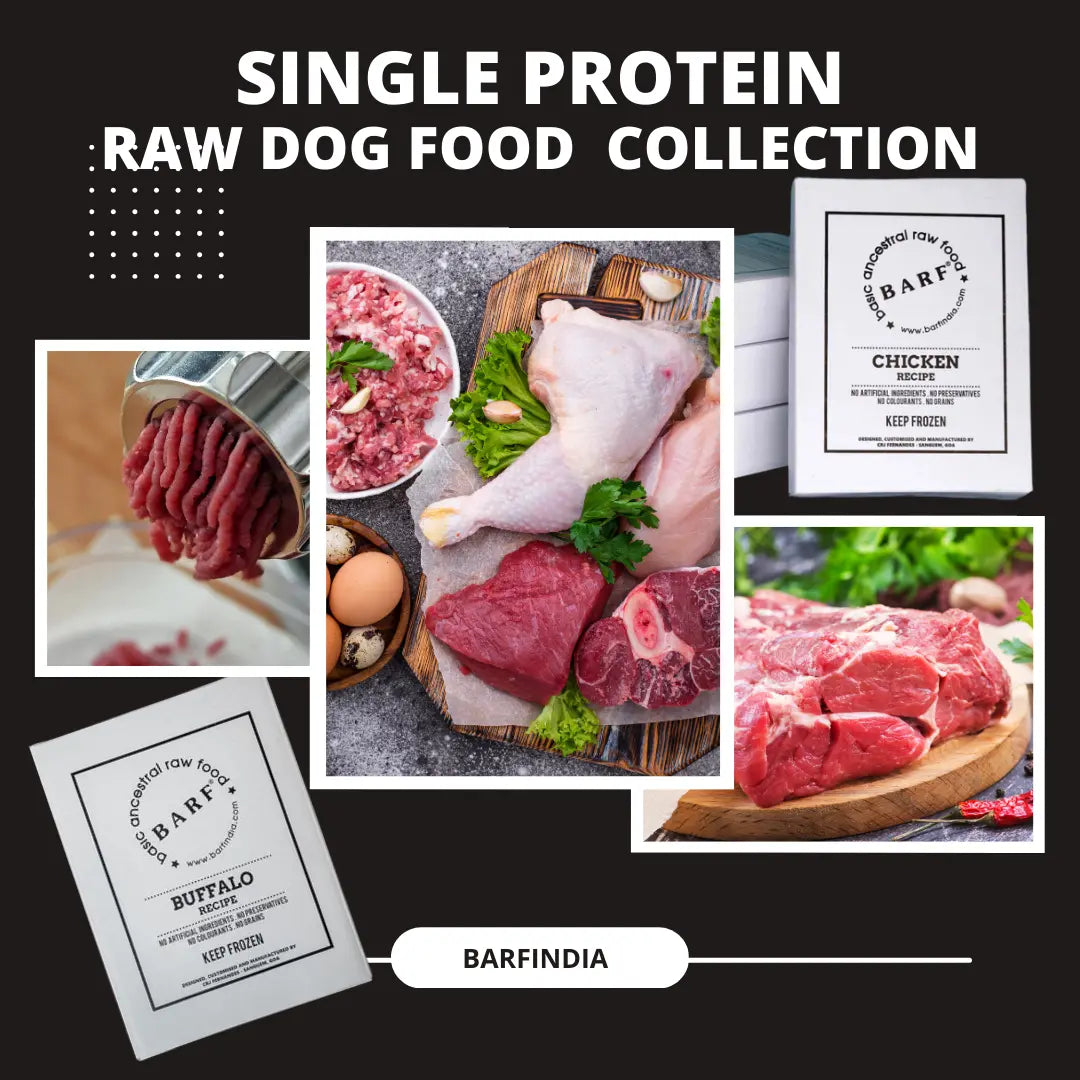
Unraveling the Truth: Raw Feeding Myths vs. Facts on Raw Cat Food
Nivedita FernandesRaw Feeding for Cats: Myths vs. Facts Uncovered
Introduction:
Cats, with their carnivorous nature, thrive on a diet rich in meat and protein. Raw feeding has gained popularity among cat owners seeking to provide their feline companions with a diet that closely mimics their ancestral eating habits. However, amidst the growing interest in raw cat food, numerous myths and misconceptions have emerged. In this comprehensive guide, we delve into the myths surrounding raw cat food and uncover the facts behind this dietary approach.
Myth 1:
Raw diets are unsafe for cats due to bacterial contamination. Fact: While it's true that raw meat can carry bacteria such as Salmonella and E. coli, the risk of contamination can be minimized through proper handling and sourcing. Cats have a highly acidic stomach environment that helps neutralize harmful bacteria, making them less susceptible to foodborne illnesses.
Myth 2:
Raw feeding is nutritionally inadequate for cats. Fact: A properly balanced raw diet can meet all of a cat's nutritional needs. Raw feeders often follow guidelines that include a variety of muscle meat, bones, organs, and supplements to ensure nutritional completeness. Cats are obligate carnivores, meaning they require nutrients found primarily in animal tissue. Raw feeding provides cats with bioavailable nutrients essential for their health and well-being.
Myth 3:
Raw bones are dangerous and can cause injuries to cats. Fact: Raw bones, when fed appropriately, are a natural and beneficial component of a cat's diet. Raw bones are pliable and less likely to splinter compared to cooked bones, reducing the risk of choking or intestinal blockages. Chewing on raw bones helps maintain dental health by removing plaque and tartar buildup. However, it's essential to offer bones appropriate for a cat's size and species and supervise chewing sessions to prevent accidents.
Myth 4:
Commercial cat foods are nutritionally superior to raw diets. Fact: Commercial cat foods vary widely in quality and nutritional value. While some commercial diets are formulated to meet AAFCO standards, others may contain fillers, additives, and low-quality ingredients. Raw feeding allows cat owners to control the quality and source of ingredients, potentially offering superior nutrition compared to some commercial options. Additionally, raw diets can address common issues such as food sensitivities and allergies in cats.
Myth 5:
Raw feeding is expensive and inconvenient for cat owners. Fact: While raw feeding may require more planning and preparation compared to feeding commercial cat food, it can be affordable and convenient with proper management. Many raw feeders purchase ingredients in bulk or opt for pre-made raw food formulations, reducing costs and time spent on meal preparation. Moreover, the long-term health benefits of raw feeding may offset veterinary bills associated with preventable health issues.
Myth 6:
Raw diets are not suitable for all cats, especially those with health issues. Fact: Raw feeding can be adapted to accommodate various health conditions in cats, including allergies, sensitivities, and digestive issues. Some cats with chronic health conditions may benefit from a raw diet, as it eliminates common allergens and contains easily digestible nutrients. However, it's essential to consult with a veterinarian or Pet Food Nutritionist before transitioning a cat with health issues to a raw diet to ensure it meets their specific dietary requirements.
Debunking Common Myths About Raw Feeding for Cats
Conclusion:
Raw feeding for cats offers numerous potential benefits, but it's essential for cat owners to separate fact from fiction when considering this dietary approach. While there are valid concerns surrounding raw feeding, many of the myths propagated are based on misconceptions or misinformation. With proper research, education, and guidance from professionals, cat owners can provide their feline companions with a nutritionally balanced raw diet that promotes optimal health and well-being. As with any significant dietary change, careful consideration and monitoring are crucial to ensuring the safety and success of raw feeding for cats.



